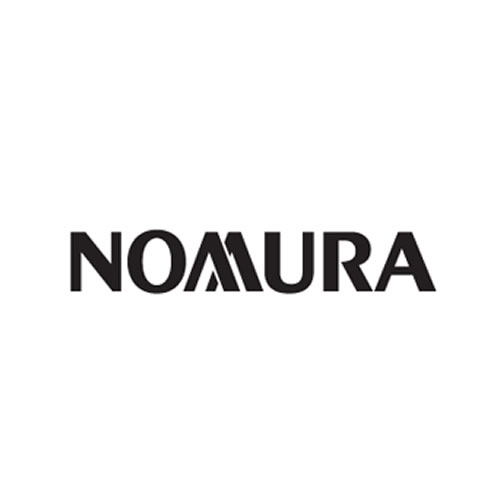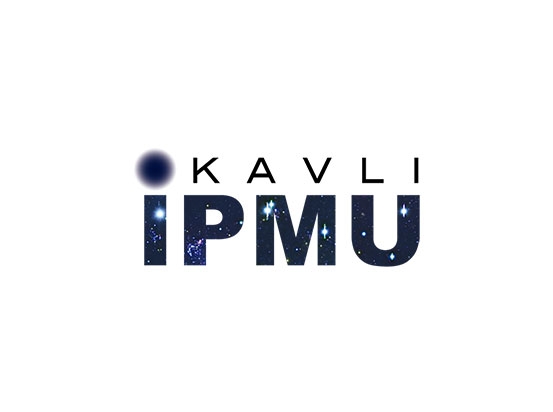Info
Norimichi Hirakawa, who came on a study visit to Wrocław in March 2016, has developed a new exhibition especially for the WRO Art Center, which will be also a part of the 17th Media Art Biennale WRO 2017 DRAFT SYSTEMS. The show brings together following works: the irreversible, unknowns, knowns alongside two entirely new installations – S3 and datum, based on the back (reversible) analysis of a theoretical 6D space that was developed during the artist’s residency at the Kavli Institute for the Physics and Mathematics of the Universe, University of Tokyo.
Norimichi Hirakawa (born in 1982) is recognised as one of the most intriguing Japanese media artists of the young generation. Working at the intersection of arts and science, he designs generative installations and performative actions. Formally reticent as a rule, Hirakawa’s works are mostly outcomes of complex algorithmic processing and analyses of varied data, ranging from visual and audio to mathematical and more abstract data describing theoretical or real physical processes.
Vigorously engaging in several projects, Hirakawa collaborates with such artists as, for example, Ryoji Ikeda, Seiko Mikami and Yoshihide Otomo. Together with Kumiko Noguchi he forms a performance duo called Typingmonkeys. He also serves as Artistic Director of the Art and Satellite Project (ARTSAT).
Hirakawa’s works have been shown worldwide at modern art exhibitions and media art festivals. He is a recipient of multiple awards, including the Excellence Prize at the Japan Media Art Festival (2004) and the Award of Distinction for interactive art at the Prix Ars Electronica (2008).
Hirakawa’s exhibition in Wrocław is funded by the Japan Foundation, EU-Japan Fest Committee, Nomura Foundation and Kavli Institute for the Physics and Mathematics of the Universe at the University of Tokyo.
Exhibition in the series titled Reversible // Irreversible // Presence presents contemporary media art from Japan. It is spread over the years 2016-2017 and intertwined with two media art events: the Eco Expanded City exhibitions-cum-workshops project prepared for the European Capital of Culture Wrocław 2016 and the 17th Media Art Biennale WRO 2017 DRAFT SYSTEMS, taking place in May-June 2017.
WORKS
knowns
multimedia installation, 2015
computer, LCD monitors, computer program
The program can be described as a natural number counter. It counts 60 times per second, starting from zero to the maximum cache size limit of natural numbers on a 64-bit computer program. It alphabetically assigns a letter to every number: A to Z, then Aa to Zz, and Aaa to Zzz by highlighting the names found in the artist’s database. It contains more than 140 000 names from all over the world. It is assumed that it would take about 3000 years to complete a 9-letter name, such as “Agnieszka” or “Alexander”, and 1.3 billion years for the program to become meaningless and expire because of the data stream excess. The course of the work is an irreversible phenomenon, whose end we will never see.
I started collecting the names in the end of 2014, mostly online. I got to know that some states in the US and some cities, e.g. London, are running open databases of the citizens’ first names; I have also researched different baby names websites. I don’t remember all of them, but I was trying to cover the whole world.
unknowns
multimedia installation, 2015
computer, 4K LCD monitor, computer program
An indirect generation of 60 portraits per second, collating 26 face-to-face conversations, named A to Z. Each horizontal line on the screen counting from below corresponds to a letter on the string running from the left side of the screen. The program generates not portraits as such, but a string of alphabetical characters.
All interviews were taken before my show in YCAM (Yamaguchi Center of Art and Media) in 2013. I was talking to the citizens of Yamaguchi, I asked them a question: If you could go back in time, where would you want to go and what would you like to do, then?
the irreversible [4-dimensional version]
audiovisual installation, 2016
computer, DLP projectors, speakers, computer program
Back in time by playing back a computer program record that is in itself irreversible. The program calculates the next step on the basis of the current status and forgets the previous one. Every dot in the work goes back to the beginning, to an unknown moment of creation known in cosmology as Big Bang.
datum [sun]
video installation, 2017
computer, LCD monitor
The project is part of the artists’s residency program at Kavli IPMU (Kavli Institute for Physics and Mathematics of the Universe, University of Tokyo).
This is a series of experiments in a multidimensional space that approaches the boundary between the human perceptible and imperceptible beauty. Each pixel in the video file can be described as a point in a 6-dimensional Euclidean space (x, y, R, G, B, t). The rotations in a 6-dimensional space are described by the curves in the form of the colour gradation, color transfer and motion in coloru. The relationships between the pixels are fixed by the data convertion, since rotation is reversible. The visual object in this work is a mathematical digital image data recording, which is a sequence of numerical values. It’s the nature of data.
The datum uses pre-recorded videos. I took some really nice time-lapse shots in the Moerenum Park in Sapporo: of clouds in the sky, of the shadow of trees in the snow… In Wroclaw, however, I would like to use the records of the sunspots made at different wavelengths, e.g. coming from the NASA sources (sohowww.nascom.nasa.gov). The six-dimensional rotation requires high computing power, still impossible to obtain in real time.
S3
video installation, 2017
computer, LCD monitor
A brand new work that deals with sphere in a 4-dimensional space. The sphere is easy to understand in mathematics: it’s a set of points that are all at the same distance from a given point in a three-dimensional space; the four-dimensional space is, on the other hand, a classic example of a space hard to understand by our intuitive perceptual human. So, I think that the four-dimensional sphere I visualize in my work is close to the limits of human perception.




